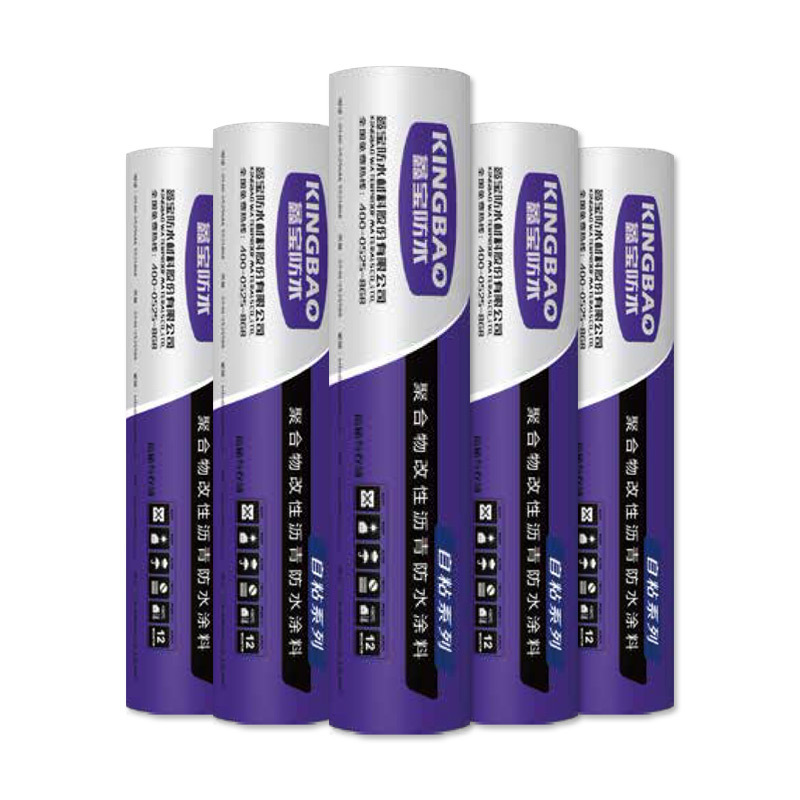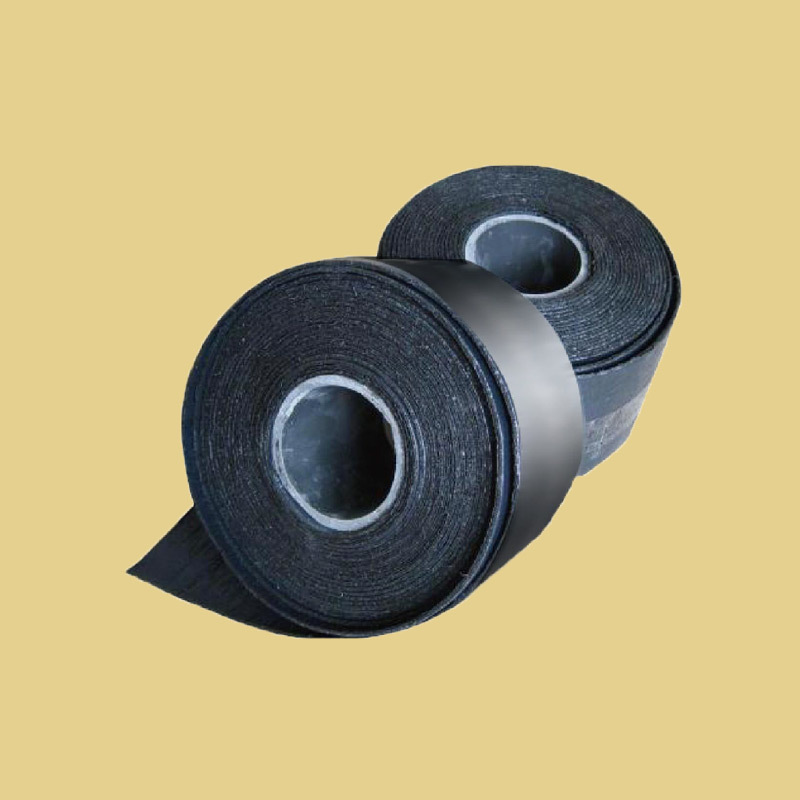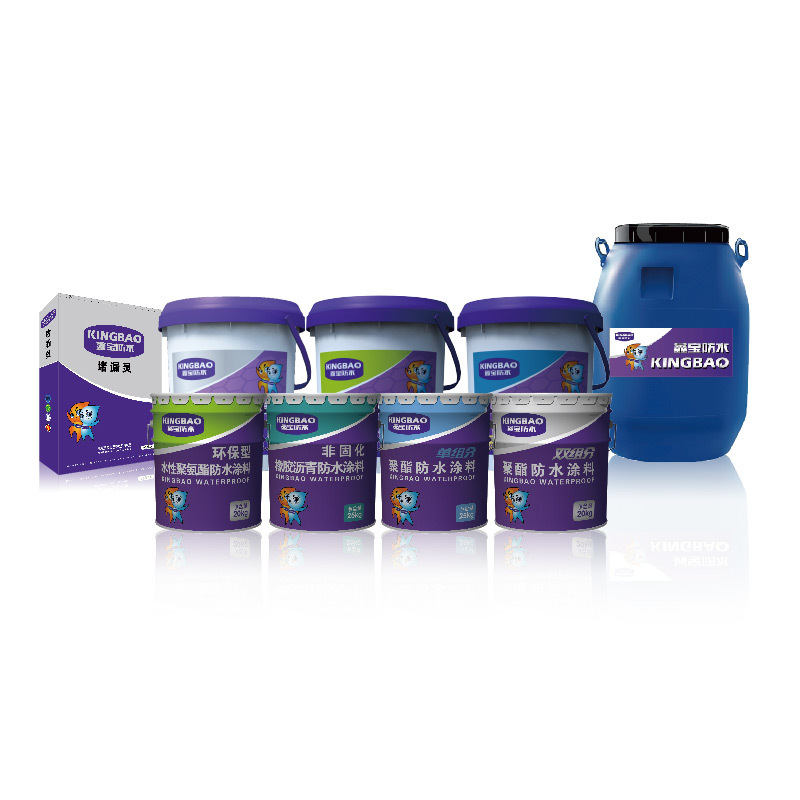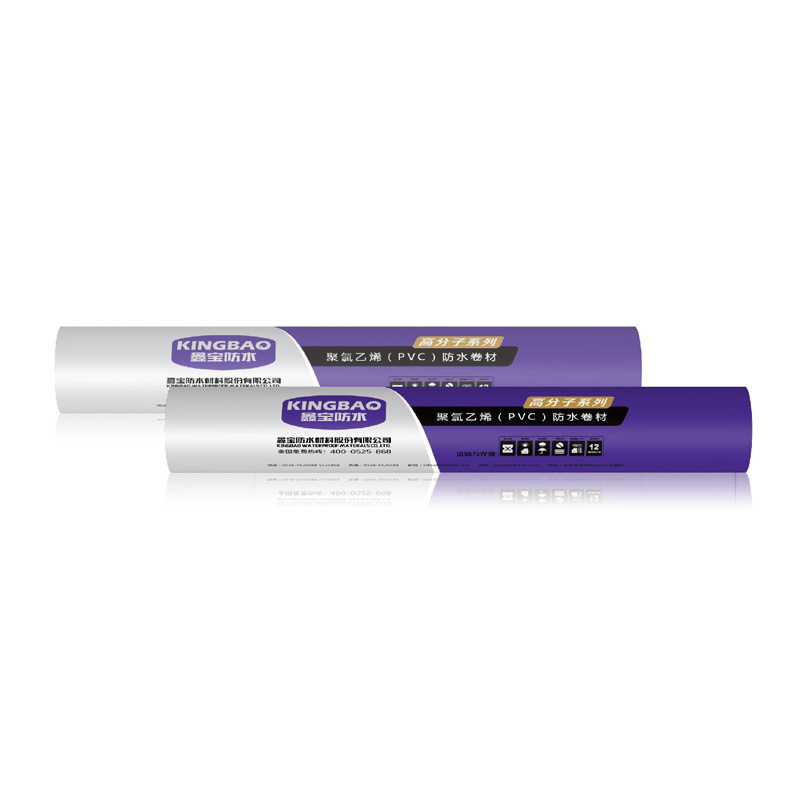
Elastic/Plastic modified asphalt waterproofing membrane
Current Product Classification
- 产品描述
-
Product Presentatio
The styrene butadiene styrene (SBS) modified bituminous waterproofing felt is made of bitumen as main material, polyester reinforcement, non-woven fabric, glass fiber felt or glass fiber reinforced polyester felt as reinforcements andSBS as a modifier. The surface is covered with polyethylene film, fine sand, mineral sheet, aluminum foil and other isola-tion materials.
The APP modified bituminous series waterproofing felt is made of polyester felt, glass fiber felt, glass fiber reinforced polyester felt as reinforcements, and random polypropylene (APP) or polyolefin polymer (APA, APO, etc.) as bituminous modifier. The two sides are covered with isolation materials.
Product Performance
★ It can be used to attach its own roll to roll with water, and the bonding effect is good.
★ Pre suspended laying can be carried out on formwork walls or surrounding rock masonry using suspender suspension construction, followed by pouring concrete. Can react with concrete and become permanently stuck together like human skin.
★ Has high tensile strength, good puncture resistance, good impermeability, and impact resistance; Good corrosion resistance and microbial erosion resistance.
★ Strong bonding force with the base concrete, effectively preventing the occurrence of water seepage. It can be pasted on various substrates (such as cement metal, wood plastic, etc.).
★ It can be constructed on damp substrates and can physically react with cement. The longer the time, the better the bonding effect. work
★ High tensile strength, good puncture resistance, self-healing, high elongation, good resistance to permeability, impact, corrosion, microorganisms, erosion, and plant roots.
★ Strong environmental adaptability, good ground bending performance, strong tension, good channeling resistance, anti-aging, mold resistance, strong load capacity, and strong service life.
★ High density, anti-oxidation, stable preheating, high strength, good hardness.
★ The improvement of overlap reduces the loss of overlap and increases the construction speed. The joint adopts self-adhesive sealing, which enhances the reliability.
★ Self adhesive integration easily achieves one layer of roll material and two layers of waterproofing.
Construction Method of Coil Overlap
★ Long edge overlap: The longitudinal overlap width of the roll material should be greater than 80mm, and it must be carefully operated. The adhesive coating should be uniform and not missed. There should be excess adhesive extruded from the edge of the cold bonding method roll material. The hot melt method should form an asphalt strip at the edge.
★ Short edge overlap: Both ends of the coil must be fully bonded. The overlap width should be greater than 100mm. When using polyester tire rolls for point bonding or empty laying, both ends must be fully bonded for at least 500mm; Cold bonding method: Adhesive should be extruded at the joint; Hot melt method: Asphalt strips should be extruded at the joints.
★ When laying adjacent rolls on the same layer, the horizontal overlapping edges should be staggered by more than 1500mm, and the upper and lower layers of rolls should not be laid perpendicular to each other.
★ When overlapping the short edges of shale sheet rolls, the shale layer should be removed by heating with a flame and scraping off the shale part with a trowel. Docking can also be used by placing a 300mm strip of roll material underneath the joint, horizontally docking the roll material, and treating the joint with sealing material.
★ After the installation of the roll material, the overlapping parts, ends, and the end of the roll material must be sealed. It should be filled with sealing material, sealant or cold adhesive, and then smoothed to form a clear asphalt strip.
Performance Index
Complying with GB18242-2008
Complying with GB18243-2008

Product Consulting
Copyright @ 2024 Xinbao Waterproof Material Co., LTD






